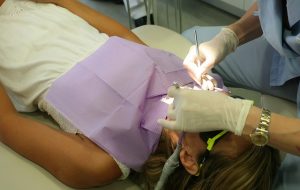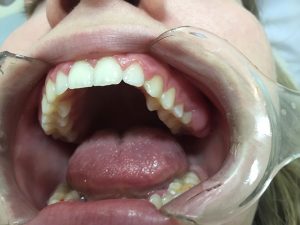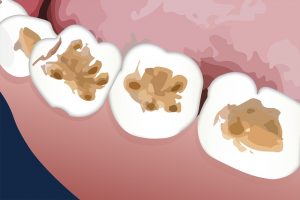Many times we undergo dental treatment, but in reality, we do not know what is happening in our mouth. Duct treatments are dental procedures that seek to remove bacteria and nervous tissue that is dead or in a state of decomposition inside a tooth.
Why do you sometimes have to “empty” the ducts?
 The pulp can be inflamed reversibly or irreversibly. In the first case, it is not necessary to empty the ducts but to place protection to the dental piece and the inflammation yields in most of the times.
The pulp can be inflamed reversibly or irreversibly. In the first case, it is not necessary to empty the ducts but to place protection to the dental piece and the inflammation yields in most of the times.
But in cases where the pain is permanent, which can increase during the night at bedtime, and that does not give up, and that can also swell the face of the side in question, the dentist (specifically the endodontist, who is the specialist in Treatments of conduit), must “empty the ducts”, to remove the inflamed and infected nerve, clean the ducts, and fill them with an inert, biological material, which should not inflame or give allergies to the patient.
How is the treatment?
To do this, dentists or dentists use a needle for the application of anesthesia (numbing medicine). Sometimes you may feel a small prick when inserting the needle; then you will not feel any discomfort or pain.
Then you should use a small strawberry that is used to remove the upper part of the tooth to expose the pulp, remember that the flesh is composed of nerves, blood vessels, and connective tissue. This pulp is inside the tooth and extends to the jaw bone supplying blood to the tooth, thanks to it the tooth perceives sensations such as temperature.
The infected pulp is renewed, and medications are applied so that all the germs are eliminated to prevent future infections. The clean area is sealed with a temporary material when the tooth is filled; the permanent crown is placed on top.
What happens after a Duct Treatment?
It is essential a correct restoration of the tooth after the Conduit is made. To restore is to repair the piece. This repair can be:
- Plastic (with composite and halogen light), or
- Rigid, which is what we call prosthetic restoration, which is the pin and crown.
It is not mandatory to make a bolt and crown per se. This will depend on the dental remnant (dental remnant is what remains of the dental crown after internal cleaning of it).
The patient should know that a piece with root canal treatment is a weak piece, which should not be given much masticatory load. It is like a tree without sap.